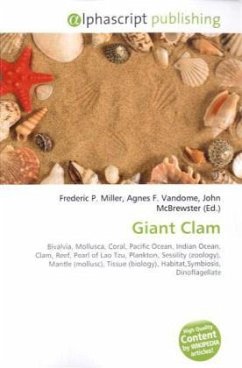High Quality Content by WIKIPEDIA articles! In the USA, the word clam can be used in several different ways: one, is as a general term covering all bivalve mollusks. The word can also be used in a more limited sense, to mean bivalves which burrow in sediment, as opposed to ones which attach themselves to the substrate (for example oysters and mussels), or ones which can swim and are migratory, like scallops. In addition the word "clam" can be used in an even more limited sense, to mean one or more species of commonly consumed marine bivalves, as in the phrase clam chowder, meaning a thick shellfish soup usually made using the hard clam. Many edible bivalves have a roughly oval shape; however, the edible razor clam has an elongated, parallel-sided shell, whose shape suggests that of an old-fashioned straight razor.In the UK, the word clam is not as widely used: it forms part of the common names of various species of bivalve mollusk, but it is not used as a general term to cover edible clams that burrow, and it is not used as a general term for all bivalves.
Bitte wählen Sie Ihr Anliegen aus.
Rechnungen
Retourenschein anfordern
Bestellstatus
Storno








